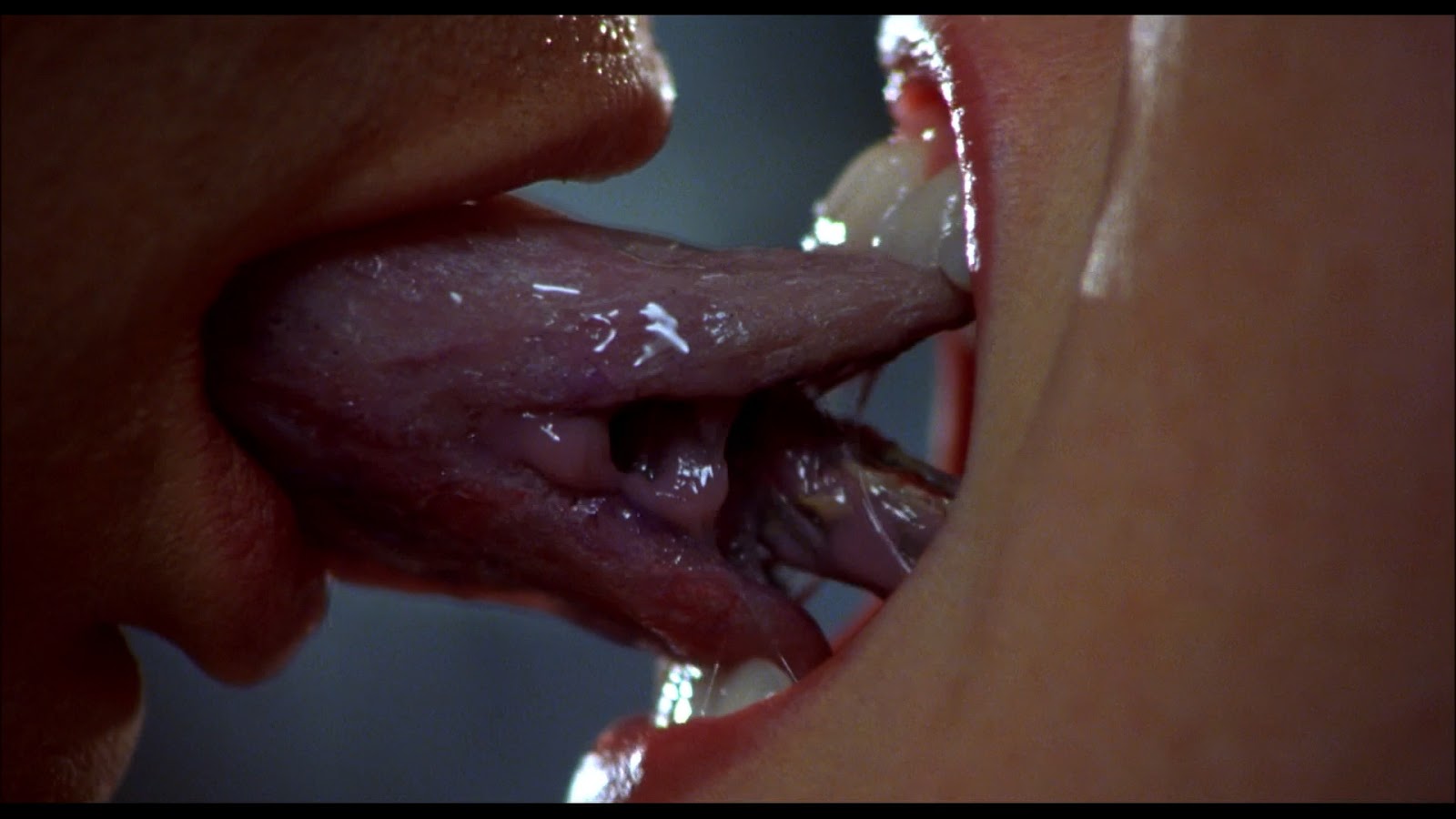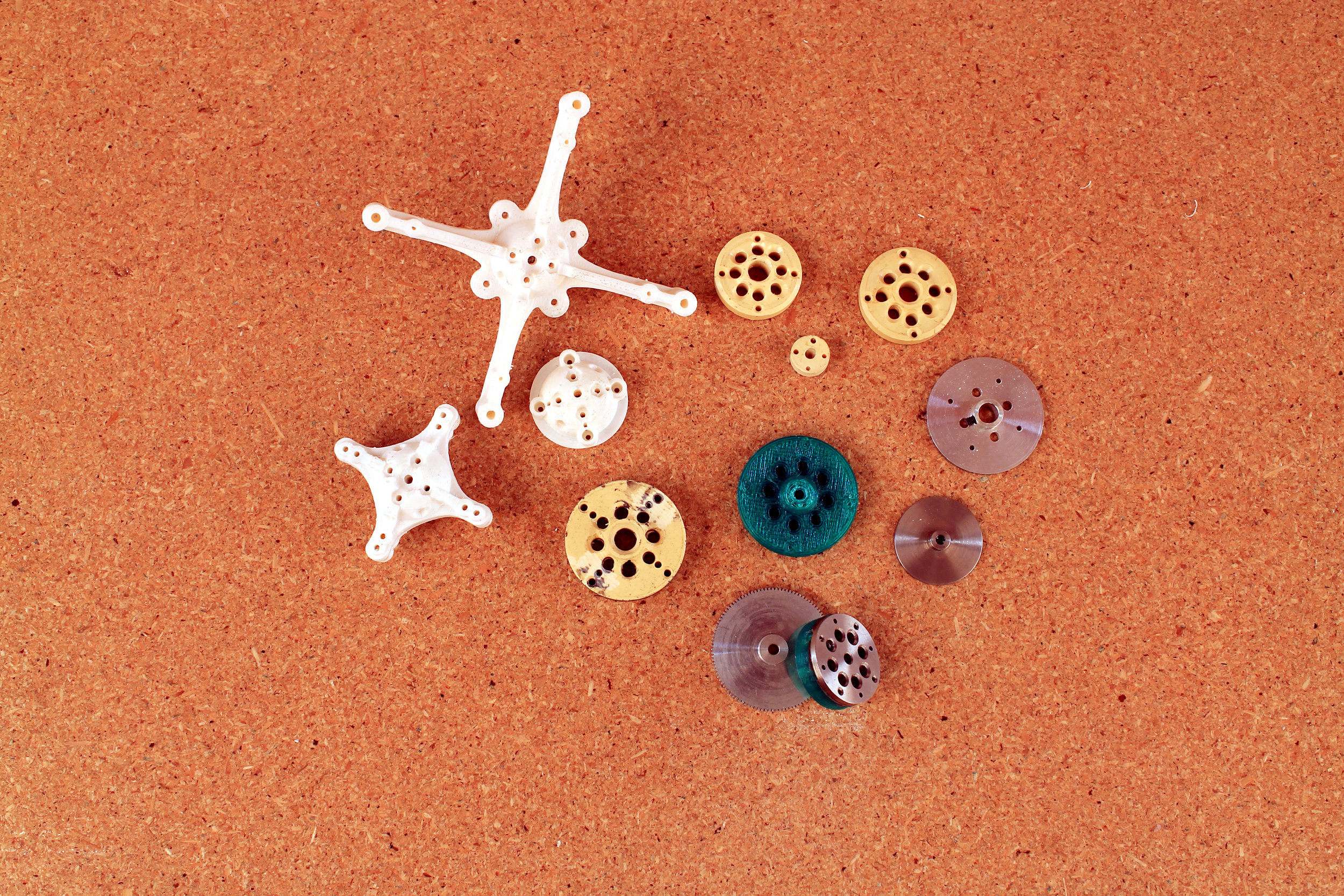The Wonderful World of Tentacles (Part 1)
/Tail Mech For a Costume
I was introduced to tentacle mechs early on in my animatronics career. One of my first jobs was on the movie Species 2 (1998). The first Species (1995) did well enough that, when the time came for a sequel, it was decided that Species 2 was going to be an all out special effects extravaganza. This was before computer graphics had really come into its own so a whole bunch of practical effects was thrown against the wall to see what would stick. I will refrain from commenting on the efficacy of that approach, but I will say that I sure did learn a lot on that job.
Sil Puppet From Species
A Tentacle "Gag" From Species2
The creature effects team at XFX had already done a bunch of R & D on tentacles for the previous Species, as well as for the film Anaconda (1997), so by the time I got there, they had tentacles pretty much dialed in. I will share with you some of these techniques.
Before going any further, however, I want to discuss the use of tentacles in the movie Little Shop of Horrors (1985). I just watched it again for the first time in decades and the performance of the tentacles still impress. They worked so well for two reasons: the tentacle puppetry was really well rehearsed, something that just became more and more rare as time went on, and the performance of the animatronics was filmed at a slow speed so it could be sped up on playback. These two factors really made all the difference with the quality of the performance.
Little Shop of Horrors Puppet
So, with all that in mind, let’s get into some of the nitty-gritty of tentacle mechanisms.
Applications for Tentacle Mechanisms:
Over the years I have employed tentacle mechs in a wide variety of applications:
Tentacles (duh)
Cat tail
Horse neck
Snake bodies
Demon tongue
Robot monkey arms
See the theme?
Principles of Operation:
There are a number of ways to make a mechanical tentacle. I will concentrate on the approach that is best suited for the creation of animatronic puppets.
The Basic Elements of the Tentacle Mechanism:
Flexible central shaft
Series of discs
Cable actuation
Two stacked segments
Flexible Central Shaft
At the core of the tentacle mech is a shaft of material that is flexible, doesn’t twist, and is tough. I’ve used nylon rod and urethane tubing but the best stuff to use are shielded hydraulic hose (for the bigger projects) and the steel flex shafts from speedometer cables (for smaller projects). The shaft needs to be durable enough to be clamped onto or have set screws bite into it without kinking or being damaged and the speedo cables and hydraulic hoses are the bomb.
SpeedOMeter Cable
Polyurethane Tubing and Shielded Water Hose
Discs
The discs are made of rigid material and are perforated with holes for the central shaft and cables to pass through. In a tentacle, the discs are strung upon the central shaft like beads on a string. For the optimal functioning of the tentacle, it is important that the discs not spin upon the central shaft. Set screws and shaft collars are good methods of securing the disc to the shaft. Not all the discs need to be secured, but the longer the tentacle mech, the more important it is to secure all the discs. Another thing to keep in mind is that the cables literally saw back and forth in the holes of the discs. So the more durable the material the discs are made of the better. There are ways of mitigating the sawing cables issue, but I will discuss more on that in another post when I get into the specifics of tentacle construction.
A Variety of Discs I've Used in Projects (including cast urethane, 3d printed PLA and ABS, and metal discs made from gear blanks)
Termination Discs
There is a specialized disc called the termination disc. It is the disc where the cable housing terminates and is secured. These are generally made of aluminum, the reasons for which will become obvious when we examine tentacle construction in detail.
Cable Actuation
Cable actuation is the lifeblood of many animatronic creatures. This is especially true in tentacles. Again, I will go more into the details of using cables to move things when discussing specific applications.
Motorcycle Clutch Cable Housing and Custom Wound Spring Housing
Stacked Tentacle Segments
A single tentacle segment is frequently all that is called for a particular application, but sometimes you need to go that extra added segment to really bring a project to life. More than two tentacle segments becomes a self-defeating proposition, as the segments are impossible to control and just work against each other. The next post will deal with all the gorey details of creating two-segment tentacle mechanisms.










